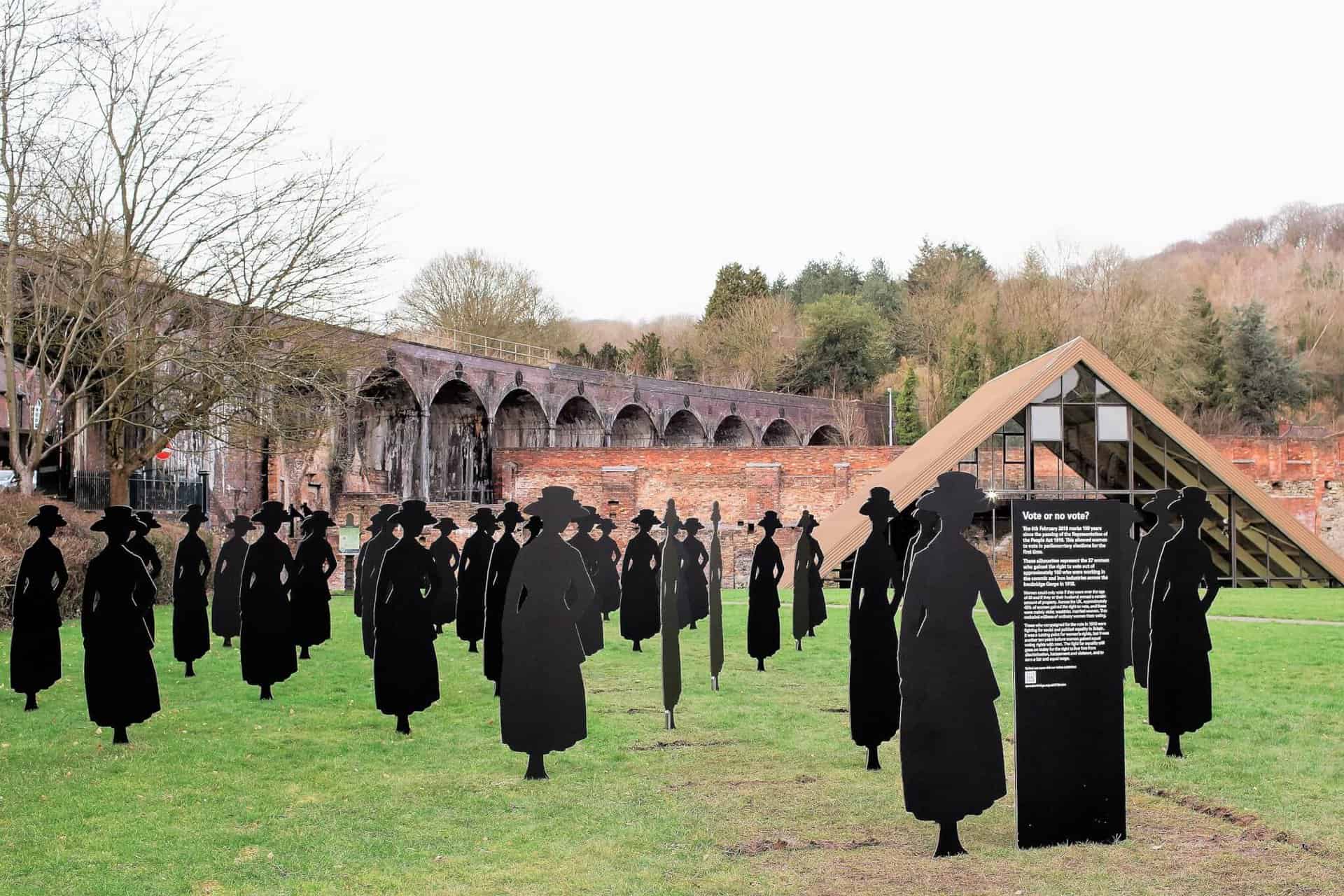
[et_pb_section bb_built="1" _builder_version="3.0.95" custom_margin="0px|||" custom_padding="0px|||"][et_pb_row _builder_version="3.0.95" custom_margin="0px|||" custom_padding="0px|||"][et_pb_column type="4_4"][et_pb_post_title _builder_version="3.0.105" title="on" meta="on" author="off" date="off" categories="off" comments="off" featured_image="on" featured_placement="background" text_color="dark" text_background="on" title_font="|||on|||||" title_font_size="45px" text_orientation="center" custom_padding="350px||0px|" title_text_color="#2765ae" custom_padding_phone="250px||0px|" custom_padding_last_edited="on|phone" title_font_size_tablet="35px" title_font_size_phone="30px" title_font_size_last_edited="on|tablet" /][et_pb_text admin_label="Standfirst" _builder_version="3.0.105" background_layout="light" text_font_size="21px" custom_padding="||20px|" text_line_height="1.3em"]
Exhibition of 37 life-sized silhouettes of women
[/et_pb_text][et_pb_text admin_label="text" _builder_version="3.0.105" background_layout="light"]
A poignant, free exhibition of 37 life-sized silhouettes of women has been installed on The Green at Coalbrookdale Museum of Iron – one of the 10 Ironbridge Gorge Museums in Shropshire – marking the centenary of women’s right to vote and the continued inequality that existed for a further 10 years.
While there has been much talk about women being given the right to vote 100 years ago, less attention has been given to the fact that the vote was not given to all women.
February 6, 2018 marked 100 years since the passing of the Representation of the People Act 1918, which allowed women to vote in parliamentary elections for the first time. The Act was passed after hundreds of thousands of women joined the workforce to support the war effort during the WW1, and followed more than 50 years of campaigning by suffragists and suffragettes.
And while 1918 was a turning point in the fight for women’s rights, the Act that was passed was limited in its impact. Women could only vote if they were at least 30 years old and if they, or their husband, owned a certain amount of property. This meant that only 40% of women in the UK could vote in 1918, and these were mainly older, wealthier, married women.
This excluded millions of ordinary working women from voting, including most of those working in the Gorge’s industries. It also excluded the majority of women who had worked throughout the war, who had taken on men’s roles, had worked in dangerous munitions factories, and had kept the country running.
The silhouettes represent the 37 women who gained the right to vote in 1918, out of approximately 160 who were working in the ceramic and iron industries across The Gorge. The name and profession of each woman is poignantly written on the back of the silhouettes. They are all positioned in front of the Old Furnace where Abraham Darby started the Industrial Revolution 300 years ago.
The exhibition is free to view and will close at the end of the summer. To find out more call 01952 433424.
[/et_pb_text][/et_pb_column][/et_pb_row][/et_pb_section]